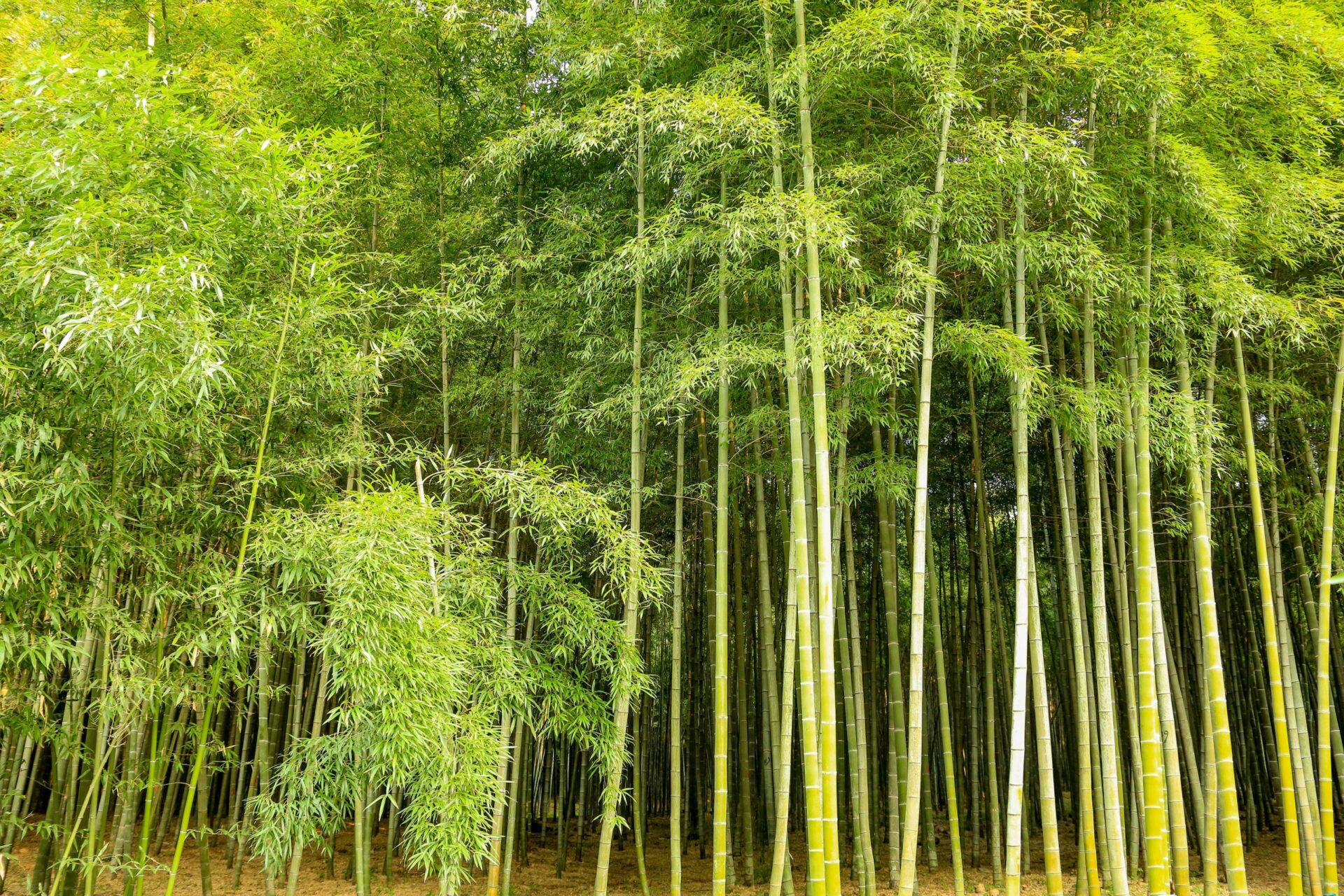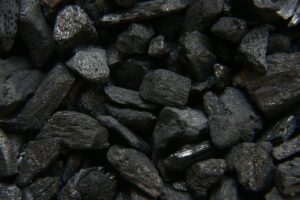Introduction
Explore how bamboo is a key component of the green revolution and how it helps to mitigate global warming. Learn how this hardy grass is a potent ally in the battle against climate change, from carbon sequestration to sustainable practices.
Carbon Sequestration Superpower
The process of absorbing and storing atmospheric carbon dioxide (CO2) in order to lessen or compensate for its release into the atmosphere is known as carbon sequestration. In order to stop CO2 from causing the greenhouse effect and global warming, it must be taken out of the atmosphere and stored for a long time.
- Plants and Trees: Plants use carbon dioxide (CO2) from the atmosphere to grow while releasing oxygen through photosynthesis. Forests and vegetation act as natural carbon sinks.
- Oceans: Oceanic processes, including the absorption of CO2 by surface waters and the biological carbon pump, sequester carbon in the ocean.
Carbon Storage
Rapid Growth and Biomass:
- Fast Growth Rate: Bamboo is one of the fastest-growing plants globally, capable of reaching maturity in a few years.
- High Biomass Production:
During its growth cycle, bamboo accumulates substantial biomass, capturing and storing significant amounts of carbon dioxide (CO2) from the atmosphere.

Carbon Sequestration:
- Photosynthesis: Through photosynthesis, bamboo absorbs CO2 and uses carbon to build its structure, locking carbon within its fibers and organic matter.
- Carbon Storage: Even after harvesting, bamboo continues to store carbon within its durable fibers, making it an effective carbon sink.
Replacing fossil fuels and reducing deforestation
Replacing Fossil Fuels:
- Bioenergy Production: Bamboo can be used as a source of bioenergy through the production of biofuels like bamboo charcoal, pellets, or bio-oil. These can replace traditional fossil fuels in heating, cooking, and electricity generation.
- Biomass Energy: Bamboo’s high cellulose content makes it a suitable feedstock for biomass energy production, reducing reliance on fossil fuels for energy needs.
- Renewable Energy Source: Bamboo’s rapid growth and ability to be harvested annually make it a renewable energy source, offering a sustainable alternative to non-renewable fossil fuels.
Reducing Deforestation:
- Substituting Wood Products: Bamboo can replace wood in various applications like construction, furniture, and paper production. Using bamboo as a building material reduces reliance on timber from natural forests, thereby curbing deforestation.
- Sustainable Paper Production: Bamboo’s fast growth and high fiber content make it an excellent alternative for paper production, lessening the demand for wood pulp sourced from forests.
Adaptation
Bamboo can be harvested frequently due to its quick establishment and growth. This gives farmers the flexibility to adjust their harvesting and management techniques to new growing conditions that arise as a result of climate change. Bamboo is a year-round source of income and can be used to create a growing range of products with added value that can be sold.
Livelihoods
Bamboo, often referred to as a grass, can play a significant role in mitigating global warming while positively impacting livelihoods.
Economic Opportunities:
- Employment Generation: Bamboo cultivation, harvesting, and processing create employment opportunities, particularly in rural areas, supporting livelihoods for local communities.
- Industry Development: Bamboo serves as a raw material for various industries like construction, furniture, textiles, and handicrafts, fostering economic growth and entrepreneurship.
Climate-Resilient Practices:
- Climate Adaptation: Bamboo’s adaptability to diverse climates makes it a resilient crop, providing farmers with a viable option in areas susceptible to climate change effects.
- Soil Health: Bamboo’s extensive root system aids in preventing soil erosion, improving soil structure, and enhancing land productivity, especially in degraded areas.
Sustainable Resource Management:
- Agroforestry Practices: Interplanting bamboo with other crops promotes agroforestry, contributing to improved land use, conservation, and carbon sequestration.
- Forest Restoration: Bamboo plantations contribute to reforestation efforts, restoring degraded lands, preserving habitats, and enhancing biodiversity.








